Recently 5 new B7 family ligands, B7-H3, B7-H4, B7-H5, B7-H6 & B7-H7, were identified, all of them possibly of high interest in immunotherapy research.
New B7 Family Immune Checkpoint Proteins
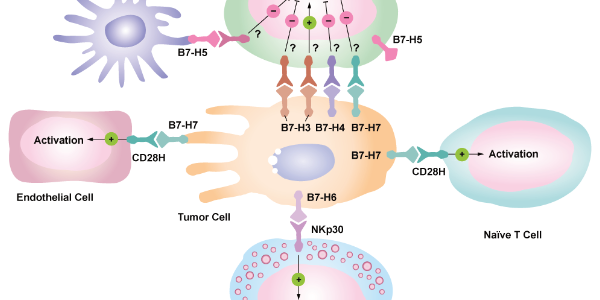

Recently 5 new B7 family ligands, B7-H3, B7-H4, B7-H5, B7-H6 & B7-H7, were identified, all of them possibly of high interest in immunotherapy research.
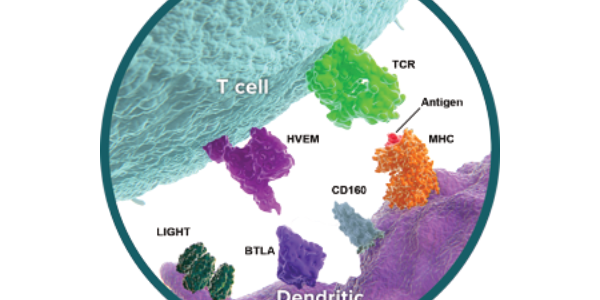
The checkpoint receptors/ligands system HVEM, LIGHT, CD160 and BTLA (CD272) is part of a complex network of overlapping receptor interactions.

OX40 is an activating receptor expressed on the surface of activated cytotoxic T cells & Tregs. OX40 activates & amplifies T cell responses.
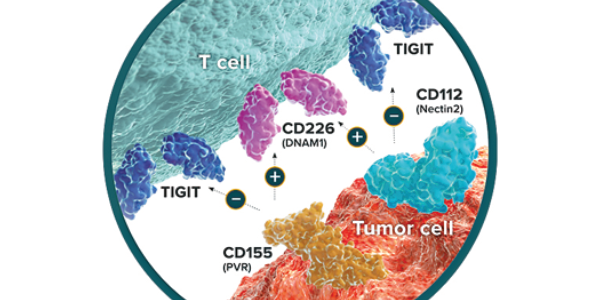
Tumour cells exploit the dominance of the inhibitory TIGIT pathway to avoid immune-mediated destruction.
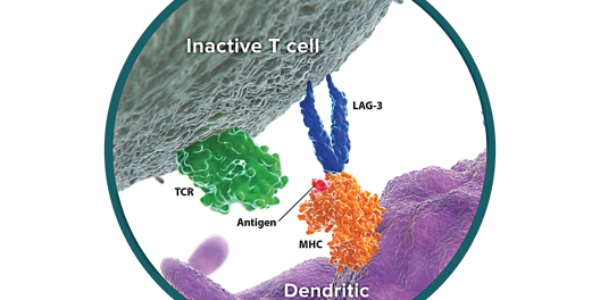
Dual inhibition of LAG-3 and other checkpoint pathways may synergistically increase T cell antitumour activity.
![CTLA-4 [CD152] – CD80 – CD86 – CD28 Network CTLA-4 [CD152] – CD80 – CD86 – CD28 Network](https://www.caltagmedsystems.co.uk/information/wp-content/uploads/cd28-600x300.png)
Targeting CTLA-4 restores immune response by more accumulation, function & survival of T cells, depletion of Tregs & better antitumour response.
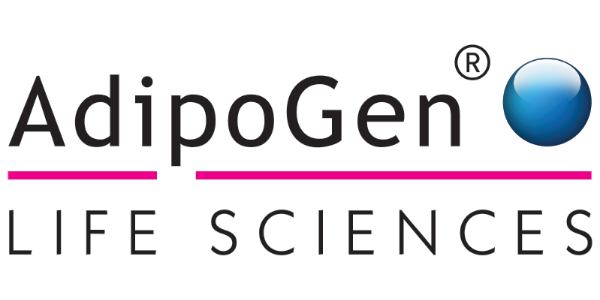
Human Ig superfamily receptor proteins of the structural & functional diverse BTN & BTNL families are potentially important immune modulators.
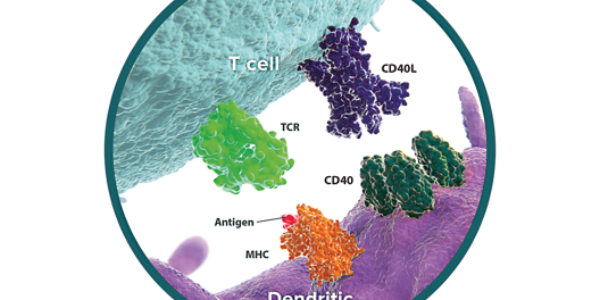
CD40 is a member of the TNF receptor family expressed by APCs and B cells whereas its ligand, CD40L (CD154), is expressed by activated T cells.
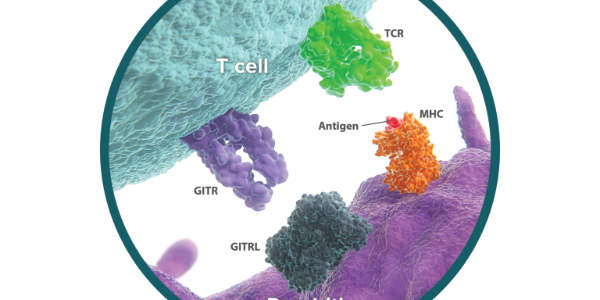
Glucocorticoid-induced TNFR-related protein is an activating receptor on the surface of T cells and other immune cells, binding to its ligand GITRL.
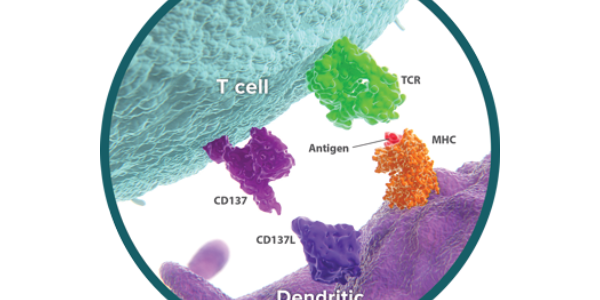
CD137 is an activating receptor binding to CD137L, expressed on natural killer (NK) cells & T cells, therefore triggering innate & adaptive immunity.